Have you ever considered how you buy online compared to others? Do you always shop the same way, or does it depend on your mood and needs? And do you shop in a physical store the same as online? Does it matter now in the shopping trends in 2021?
One way of looking at shopping patterns involves identifying all the dimensions of shopping behavior.
The first dimension describes who customers are shopping for.
Is the purchase for themselves? For a member of the family? Or for someone else, perhaps a gift for a friend’s birthday?
The second dimension describes what customers are shopping for or their degree of focus:
- Are they focused on finding something particular, or are they just browsing?
- Are they looking for just one known item to satisfy their needs, or are there multiple alternatives?
- If I’m shopping for others, I tend to be very open to suggestions; I’m usually much more focused when shopping for myself.
The third dimension describes the time urgency of buying online:
- Are customers under tight time constraints, or do they have plenty of time?
- Do they have the time to consider multiple options, or do they want the top three possibilities?
Now for the fourth dimension: how do customers shop for any particular item? When customers consider each individual item on their shopping list, at least five shopping modes exist, often in combination. Assume that customers are shopping in a category, like shoes, or perhaps looking for a new shirt or blouse. They may:
- Shop by Brand. They are loyal to a particular merchant’s product lines, perhaps because they match their lifestyle or because the vendor’s style suits them the best.
- Shop by Fashion. Customers want to buy trendy, so they are primarily interested in what’s new, hip/cool, and makes them look great.
- Shop By Size. They need to buy things that fit the target of their purchase. For people with non-traditional sizes, that may significantly constrain the search and limit the number of possibilities.
- Shop by Price. Customers may be on a budget or want to stretch their dollars. Or, at the other end of the price spectrum, they may want something impressively expensive.
- Shop in Context. They are seeking things that match what they’ve already bought. For example, a customer may need a tie to match a shirt or a handbag to match a new outfit.
Think about your last shopping visit to a particular store. What combination of these dimensions characterizes your visit?
| Shopping Trip Item or Goal | Who | Time | Focused | Mode |
| Get started on Christmas shopping | Family | 10 hours | Browsing | Various |
| A new dress for a party | Self | 2 hours | Focused | Fashion, context |
| Baby gift for a newborn | Friend | 30 min | Browsing | Brand |
| Bathroom repairs – tools and faucets | Self | 2 hours | Focused | Price, brand |
Of course, at any point in time, customers may be shopping in multiple ways. For example, I may be browsing for Christmas ideas for everyone in the family while I’m also in the store to buy myself a new dress.
What Does This Mean for Online Businesses?
It means two things.
First, you must analyze customer behaviors to ensure you do well on “the basics”.
Magento 2 and Zoho SalesIQ analytics can help you collect data and analyze them in every dimension of “how to buy online”.
Second, you must consider investing in new channels to beat your competition by building the Best Customer Experience. Let’s revisit each of the five models and drill down one more level.
Brand Loyalty.
The manufacturers’ goal is to ensure that customers are brand loyal to merchandise. Stores need to figure out how brand-loyal customers truly shop in the product categories and stock appropriate merchandise mixes. Noting shifts in brand loyalty can drive shelf allocation and mix decisions.
“The Trust Circle”
refers to the phases of establishing trust with customers and enhancing their confidence in your company and brand. From an online selling perspective, the four stages below unfold in a matter of seconds:
1. Awareness:
This is an initial getting-to-know stage. Potential customers run across an ad, or you pop up in search results. They have now become “aware” of you, which is an opportunity in itself. They look at social media and web searches and talk to their friends and family.
The Forbes statistics below show that people do take into account social media shares of friends when making a specific decision about a specific brand:
- 65% of adult internet users have an account on at least one social network
- 40% of consumers prefer using a social login over setting up a new account or using a guest account
- 68% of consumers use social sites to read product reviews
- 50% use social networks to provide product feedback
- 31% more time is spent on your site by consumers who can comment and share using their social account
2. Knowledge:
Awareness drives them to you, but you have just a couple of seconds to explain what you are all about. This is where the value proposition is essential, so crafting and designing the right one is crucial.
3. Liking:
If you give them the knowledge they need to stick around, and they browse the site more often, they have entered the “liking stage.” During the liking stage, you should address visitors’ questions such as: do I know enough about what this company does or has to offer? Can’t I get these products or services to a more well-known, established name? If you succeed in moving visitors through the liking stage, you have gained them as a customer at least once.
4. Trust Stage:
Your visitor just made a purchase. Congratulations! This visitor trusts you. Of course, it is now essential to ensure he has a pleasant experience when receiving the product and services. As this customer trusted you enough to make the purchase, confirm the reliance with a successful post-purchase experience. Up to the point of having the product in their hands, visitors are still anxious about the purchase they just made. Assure them a satisfying experience by shipping in a timely manner, ensuring that the product is in good condition, and making an exchange or return as seamless as possible.
Fashion.
It’s in the best interests of the fashion industry to make sure customers need to come back and buy new clothes because the old ones, while wearable, aren’t stylish anymore. Fashion is all about intentionally creating obsolescence. 2020 changed the game. The offline shops were closed for months. People started to save money and not concentrate on fashion but on usability, quality, and ecology. The fashion industry has to adapt to this new reality and focus on online sales and online marketing, especially on social media.
For example, fifty-seven percent of millennials discover fashion trends on social media, and they are expected to spend $1.4 trillion in 2020. They are the dominant generation that uses social media and is the most likely to make online purchases. They are influenced by online advertising as well as the people they follow on platforms such as Facebook and Instagram.
Massimiliano Tirocchi, CMO and co-founder of Shapermint sees a shift in social media:
Social media will become a top channel for purchase, instead of just discovery. “Social media platforms like Facebook are making it easier for consumers to go from discovery to purchase without ever having to leave the platform, creating a simple and seamless path to purchase. With social commerce continuing to grow into 2021, retail brands will have to adapt to these platforms with new rules, similar to what many did with Amazon.”
Size.
Entirely new stores catering to non-traditionally-sized people have growing fan bases; size mix is yet another analytic. It is especially very important in any online store where you can filter products by size of clothes, furniture, and other dimensions. You can also introduce some unique and rare sizes in your shop to get more customers. Of course, you need to check for interest in it.
Price.
Sales are a huge driver of consumer behavior, but companies must do volume vs. margin analysis to ensure that they aren’t leaving “money on the table.” Promotion effectiveness analytics can also help businesses understand the cause and effect of advertising. This area will heat up considerably soon because of technological advances. Price comparison portals are very popular everywhere, even in offline shops. People shop online because they trust the offer and price. They spend some time searching for the best offer. In many countries, price is the major factor for purchasing.
Context.
Some stores focus on service, which in many cases means they are very good about helping you with context – finding things that “go with” things you have already bought. Marketing automation AI helps get such data, especially in omnichannel sales. Next, you can propose new products based on the products you purchased in your newsletters, with discounts and gifts for birthdays, and start the whole marketing automation workflow. People shop in the same place if they had a great experience.
People shop frequently if you provide the Great Customer Experience
A physical store limits the abilities of companies to do much more than try to optimize the store layout and merchandise mix for the average shopper. The store designers can take into account various customer shopping behaviors, but in the end, their designs simply optimize the store to appeal to the average consumer.
By contrast, Web-based businesses do not have this limitation. Based on each person’s interests – direct consumer expressions of preferences using “MyStore” choices, analysis of past purchases, and third-party acquired data on lifestyle – the Web designer can reduce the number of options to only those items expected to be of interest.
Instead of a store with 90,000 SKUs, I know very prosperous shops with only 2,300 SKUs. Much more applied insight, a much better experience.
While it’s always been a focus of eCommerce strategizing, the promise of a personalized online shopping experience remains largely unfulfilled. It’s a curious circumstance because the statistics show that there’s a big demand, and payoff, from customizing the offering each of your customers gets when they visit your site.
- 59% of online shoppers believe that it is easier to find more interesting products on a personalized online retail store
- 56% are more likely to return to a site that recommends products
- 53% believe that retailers who personalize the shopping experience provide a valuable service
- 45% are more likely to shop on a site that offers personalized recommendations
Omnichannel – a shopping trend from 2013
Technologically smart companies are also realizing that people want a seamless shopping experience across channels. As customers go through the research/pre-purchase, purchase, and service/post-purchase stages of buying products, they may want to use combinations of channels. The most popular is browse online, buy in the store or (especially at the holidays) browse and buy online, and then pick up at the store. Companies need to orchestrate their back-end systems so this is a seamless, positive experience. This is also true for the reverse logistics problems of handling returns.
Roughly speaking, this is “where it’s at” right now in retail. Some retailers are experimenting with customization and personalization of the Web site, but we still have a long way to go.
Online systems can do even better. A “personal shopper” might ask a few questions at the beginning of a browsing session to understand first what I want to do and how I want to shop, and then morph your website to my shopping mode at that moment. One Web session might begin by my saying I’m time-pressed and need a sweater. I am immediately taken to pages showing sweaters, where I’m asked whether I want to shop by brand, by size, by fashion or by price. One mouse click and the site adapts itself to me, instead of vice-versa.
A personalized shopping experience is not limited to your eCommerce site.
From email to social media, you can stay in touch with and create a unique relationship with each shopper.
According to Invesp’s research, email is by far the most important digital channel for online shopping personalization. It consistently outperforms all other advertising channels, online and off, and lets you completely personalize your customer interactions.
Yet it remains underutilized as an advertising medium and its potential for personalization are even more neglected.
According to the 2013 Experian Email Marketing Study, as reported by marketingland.com, the majority of companies in the study asked customers for personal data, but 70% did not personalize their email messages.
That’s even more surprising when the same study shows that personalized email produces some astonishing results compared to generic messages.
- 29% higher unique open rates
- 41% higher unique click rates
- 26% higher unique open rates just from a personalized subject line
The opportunities are boundless. What’s needed is a much more rigorous approach to gathering data to see not just what people buy, but how they buy. This is a rich area called “retail ethnography”.
On the Web, the costs of building adaptive stores that provide Great Customer Experiences are much more reasonable, and data collection/analysis (using your shop, CRM, ERP, of course) should yield significant competitive advantages to the early adopters. The technology is in place for creative experiments; let me know if you want to talk about how your company might get ahead of the curve and delight your customers.
You can integrate the omnichannel statistics inside your shop. It will help to monitor your investments into new features, channels, and ideas.
Augmented Reality Can Boost Sales – a shopping trend for 2021
Many consumers still prefer to shop in brick-and-mortar stores because they can feel the product in their hands or try it on to see how it will look on them. But thanks to augmented reality, those brick-and-mortar shoppers may soon do more shopping online. With AR, users can “try on” products while browsing items on social media platforms like Instagram. People shop in 2020/ 2021 differently. They are pushed to buy online and AR can help offline shops to create a similar experience.
Leave a Reply
You must be logged in to post a comment.


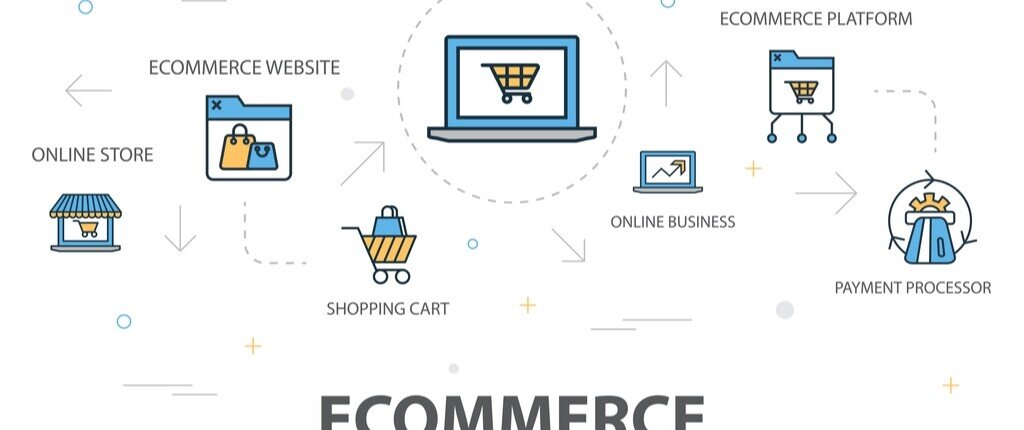
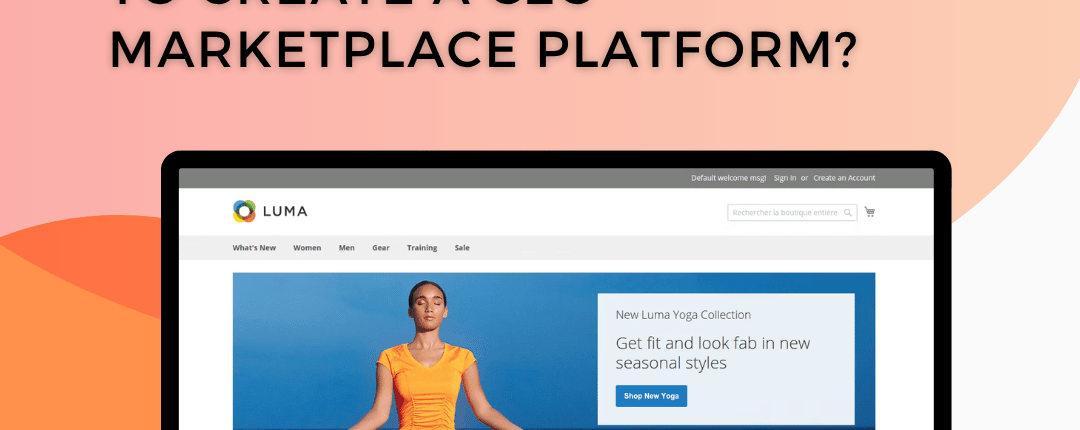

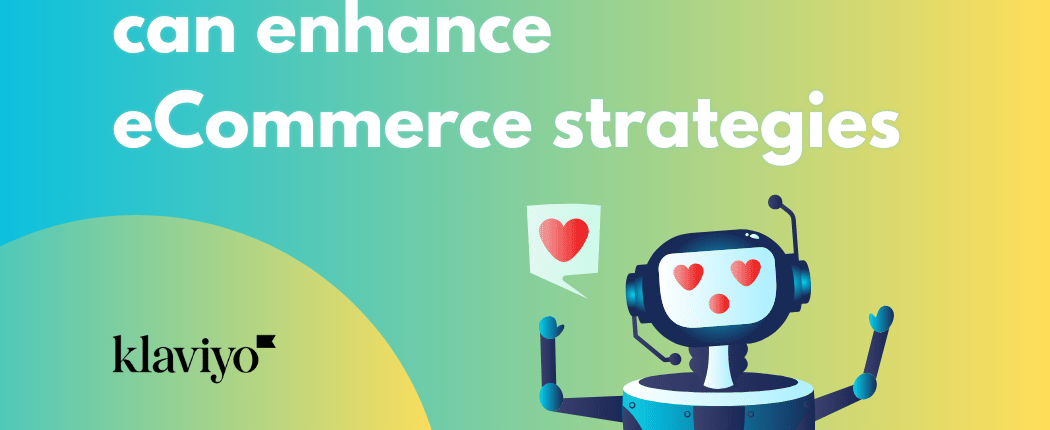
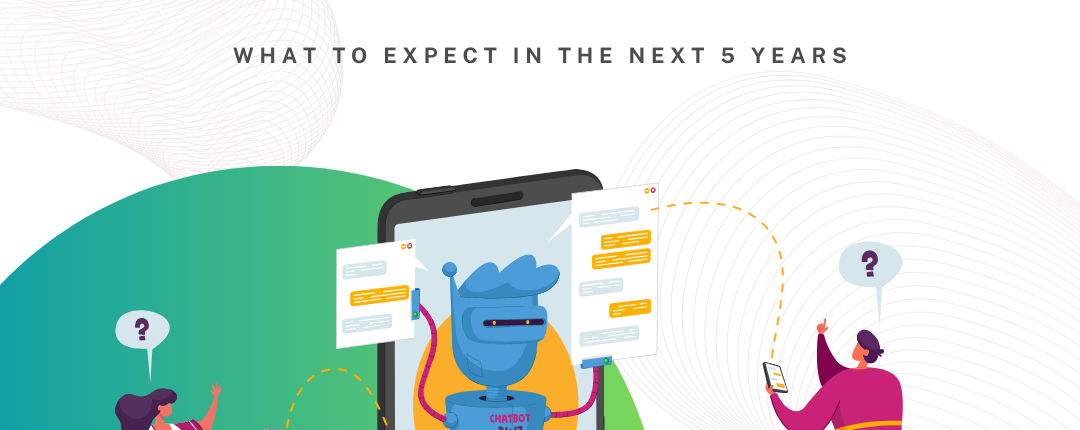
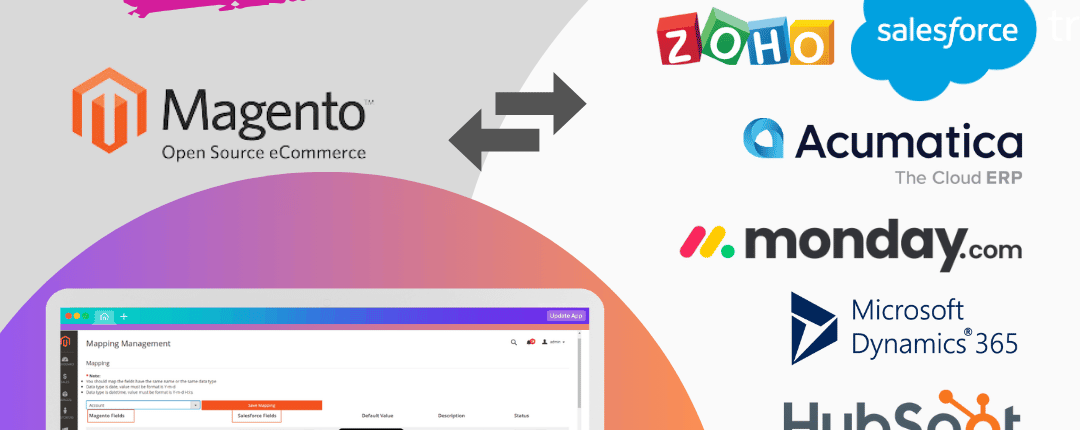
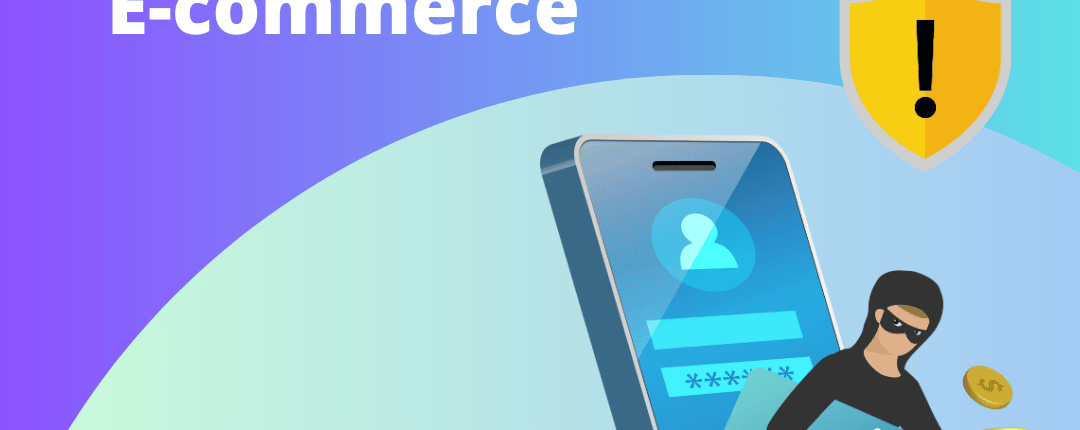
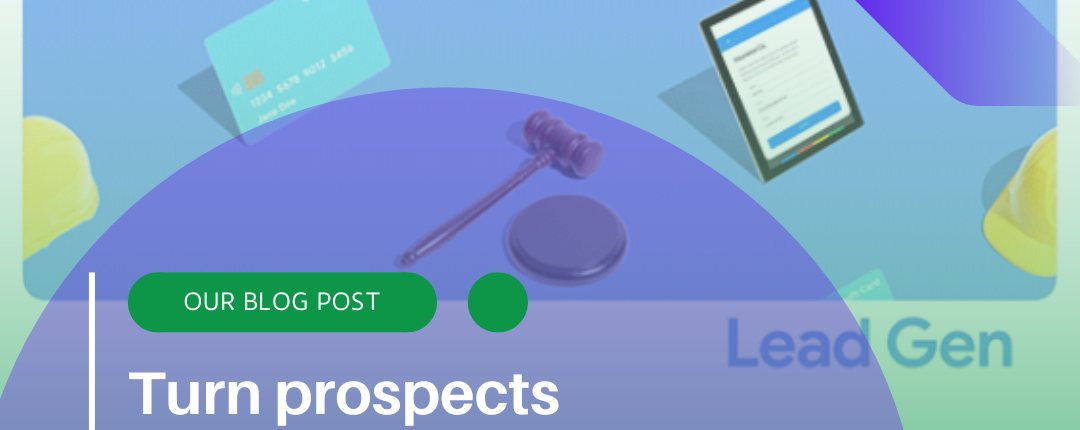
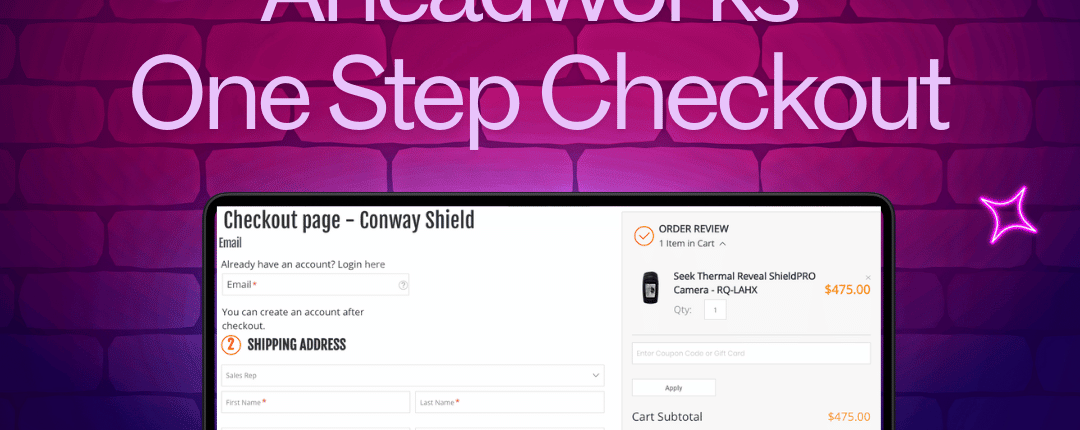

Share this entry